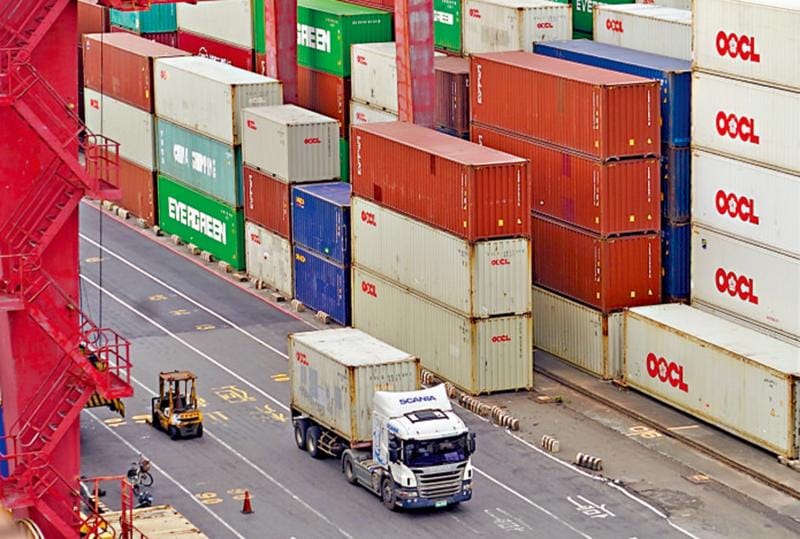
Who’s Still Shipping to the U.S. Amid Soaring Tariffs?
As tariffs between the U.S. and China escalate to historic highs — in some cases exceeding 125% — many Chinese exporters are pausing or even canceling shipments to American buyers. Yet, not everyone is backing down. A surprising number of businesses continue to ship, navigating a minefield of costs and logistics. So who are these companies, and why do they persist?
- High-Margin or Brand-Driven Exporters
Companies with strong branding or high-value products are often able to absorb extra costs — or pass them on to the consumer. These exporters operate in segments like electronics, specialty tools, medical components, and premium home goods. Their buyers are less price-sensitive and more focused on product reliability, brand, or long-term partnerships.
Example: A smart home device brand continues to ship to the U.S., despite a 90% tariff, because it holds strong IP and customer loyalty.
- Exporters with Long-Term U.S. Clients
For companies with stable U.S. clients, maintaining the relationship may outweigh short-term profit. Many are working closely with customers to share the additional costs, restructure payment terms, or adjust order volumes.
Example: A stone countertop factory in Fujian province still fulfills U.S. orders under DDP terms, splitting the new tax burden with their loyal distributors.
- Traders Leveraging Transshipment Routes
Some suppliers are utilizing indirect trade routes — exporting goods through Southeast Asia or Mexico before reaching the U.S. While this tactic adds complexity and legal risks, it’s still being used by companies seeking to retain U.S. market share without facing the full brunt of tariffs.
Warning: Improper documentation during transshipment may result in customs disputes or shipment abandonment.
- Driven by Preemptive U.S. Buyers
Certain American importers, worried about further price increases, are pushing suppliers to ship as soon as possible. This front-loading demand may not be sustainable long-term, but it’s creating a temporary surge in orders for some industries.
Example: A Texas-based outdoor furniture brand doubled its spring inventory from China before the May tariff hike.
- State-Backed or Strategic Exporters
Some companies involved in critical supply chains — such as solar components, EV parts, or rare earth materials — may have government support or strategic importance that encourages continued exports despite unfavorable conditions.
Conclusion
While many exporters are on pause, some remain agile and strategic, navigating tariffs with careful planning, creative logistics, and trusted partnerships. In today’s volatile trade climate, resilience and adaptability are just as important as pricing.
Are you still shipping to the U.S.? Thinking about switching to DDP or a new routing strategy?
ZCYT Logistics can help you reassess and adapt your shipping approach. Talk to our team today to find a solution that fits the new normal.
